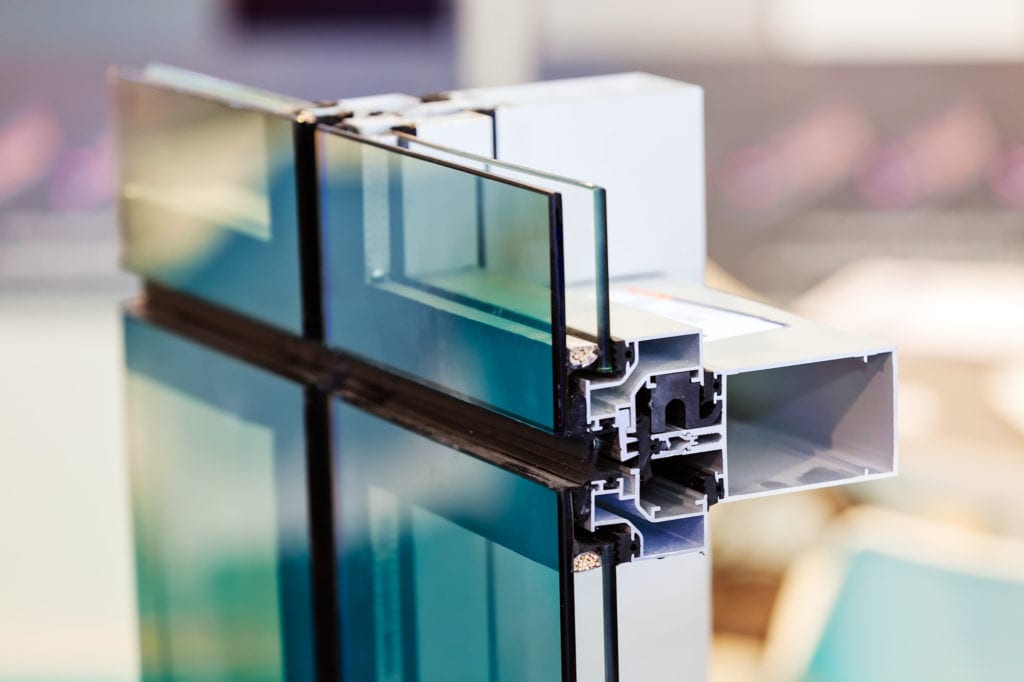All Categories
Featured
Table of Contents
Is Double Glazing Worth It? in Innaloo Western Australia
Laminated glass is frequently used in locations in the home most susceptible to injury from human impact such as bathrooms, doors, around staircases and in areas near the floor (it satisfies the requirements of 'safety glass' that is mandated for usage in these areas by Australian Standard AS 1288 Glass in structures).
Toughened glass has actually been 'tempered' by being reheated and quickly cooled again. This procedure makes it much stronger than basic glass it can resist greater effect loads prior to breaking. It also makes it much safer because, when it does shatter, it breaks into numerous small cubic pieces instead of dangerous shards.
Sustainability in Langford Perth
Toughened glass has no thermal or acoustic advantages over other glass of the very same toning or density. Secondary glazing is where single-glazed windows are retrofitted with a transparent acrylic or glass sheet connected to the within of the frame or openable sash with a secondary frame or with magnetic strips.


Secondary glazing will not perform too thermally as a made IGU, since it is difficult to totally seal the border, however it can offer excellent noise control. Window films are a thin polymer movie containing an absorbing color or reflective metal layer, with an adhesive support. They stay with your glazing to change its colour or make it reflective.
How Are Double Glazed Windows More Energy Efficient? in White Gum Valley Perth
Applied to existing glass, some window movies can cut in half the total SHGC of the window by taking in and/or reflecting solar radiation. This can be particularly advantageous in hotter climates where cooling is the primary concern, or on east and west elevations directly exposed to extended periods of sunlight. However, window films may likewise minimize noticeable light transmittance.

For this reason, it is normally best to utilize a certified installer of window film. Frames have a considerable influence on the thermal performance of windows and doors, due to the fact that energy can be gained and lost through the frame, in addition to through the glass. Different kinds of frame will allow different levels of heat gain and loss, so careful option of frame is crucial for efficient passive design.
Does Double Glazing Keep Heat Out in Westfield Western Australia
Nevertheless, aluminium is also a very great conductor of heat and will decrease the insulating worth of a glazing unit, unless specifically crafted to minimize this. A 'thermally broken' frame is made up of 2 aluminium areas connected by a structural insulator (usually a low-conductivity structural polymer). This 'breaks' the thermal connection through the aluminium and decreases the heat flowing through the frame.
Timber frames are a great natural insulator that can fit some house styles. Lumber frames need to be made from species that have naturally high sturdiness or be dealt with to prevent decay and deformation.
Single Glazed Vs Double Glazed Windows - Ultimate Guide in Woodlands Perth
(weather stripping) is installed.
u, PVC windows and doors have excellent thermal performance Photo: Ben Wrigley (Light Home Architecture and Science) Composite frames use aluminium profiles on the external areas with either a timber or u, PVC inner section. These combine the low upkeep and toughness of aluminium with much improved thermal efficiency.
Table of Contents
Latest Posts
Does Double Glazing Reduce The Heat In Brisbane's Summer? in Spearwood Western Australia
Save Energy With Double Glazed Windows in Hocking WA
Triple Glazing – Pros & Cons in Ocean Reef Western Australia
More
Latest Posts
Does Double Glazing Reduce The Heat In Brisbane's Summer? in Spearwood Western Australia
Save Energy With Double Glazed Windows in Hocking WA
Triple Glazing – Pros & Cons in Ocean Reef Western Australia